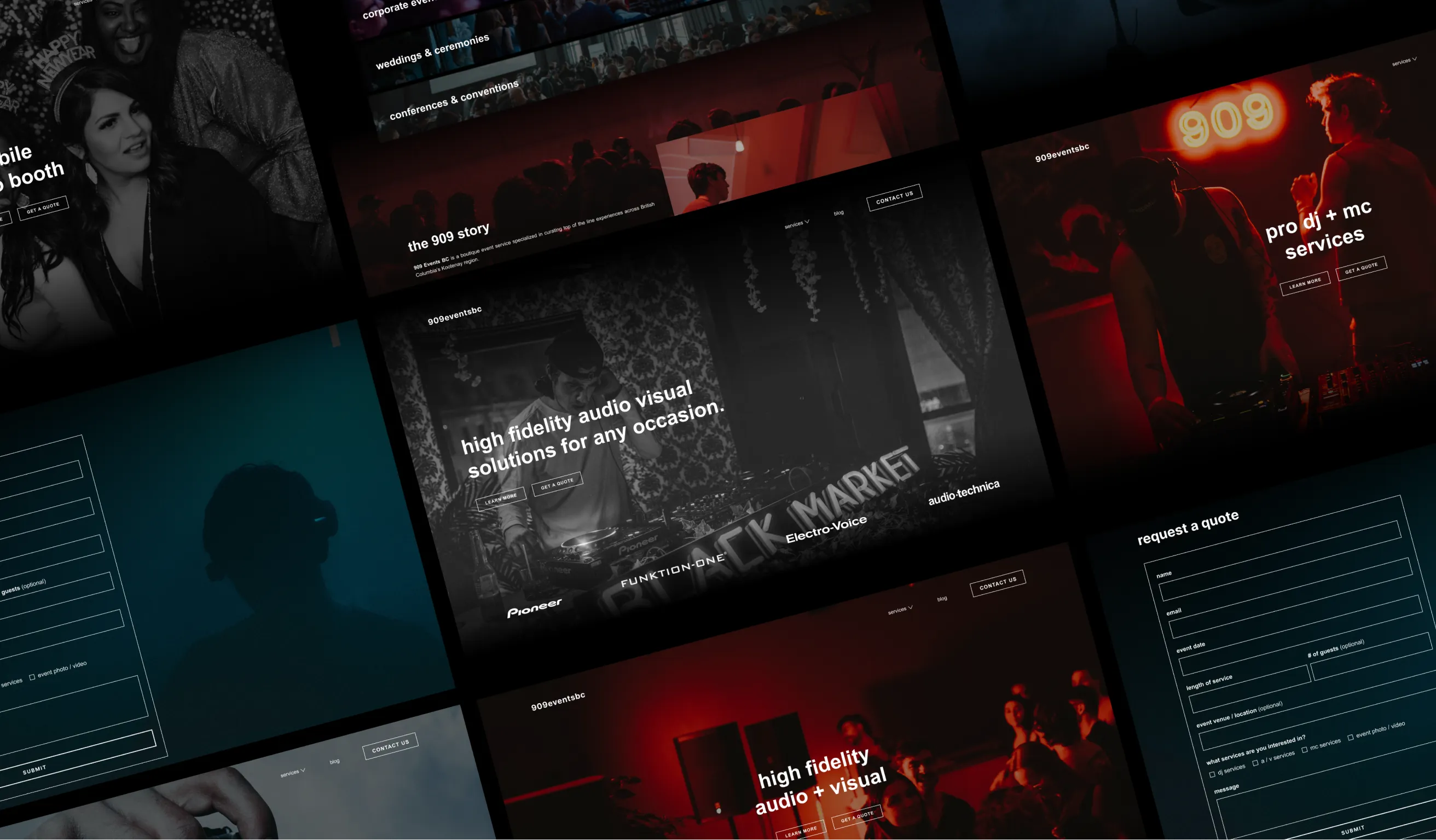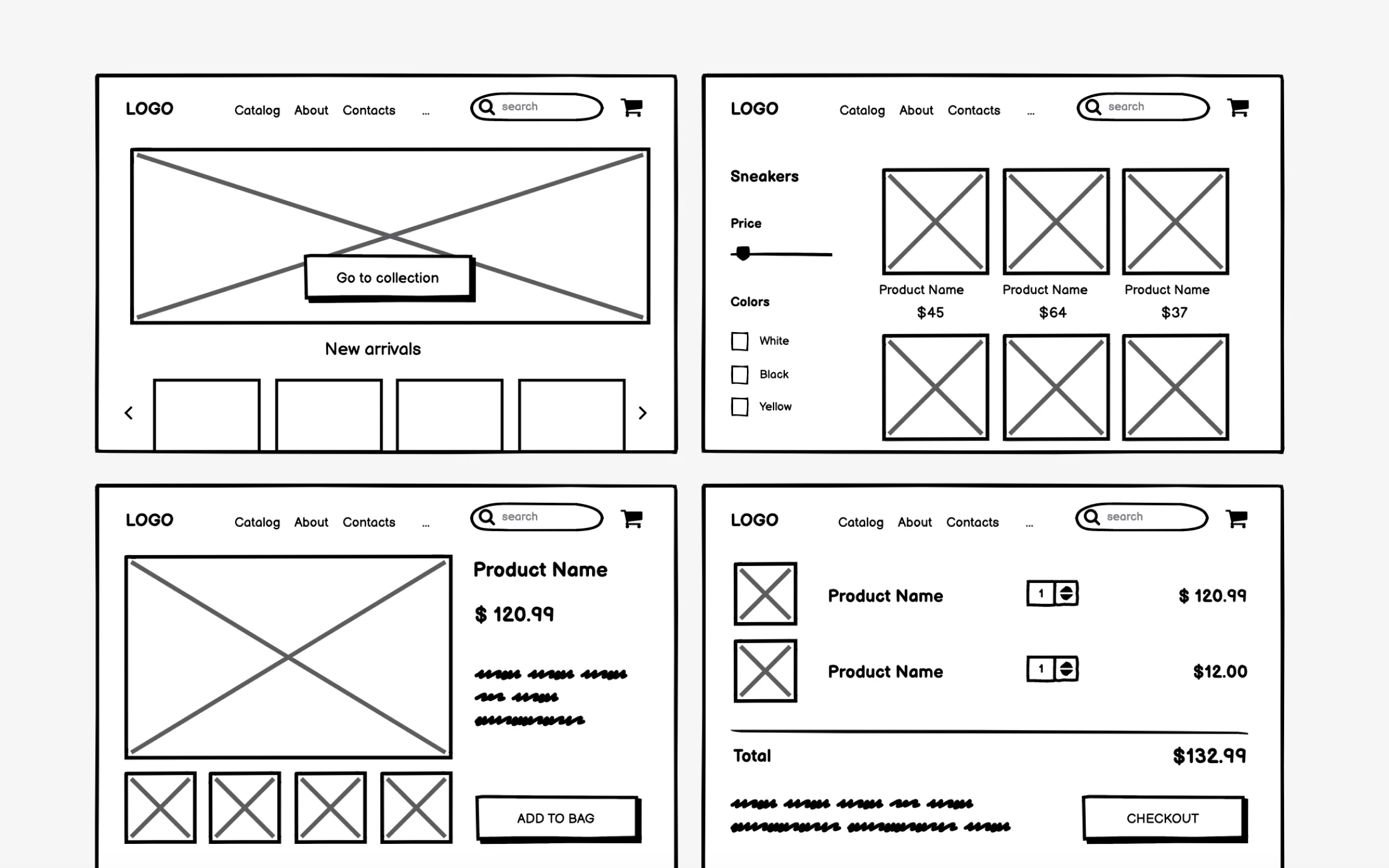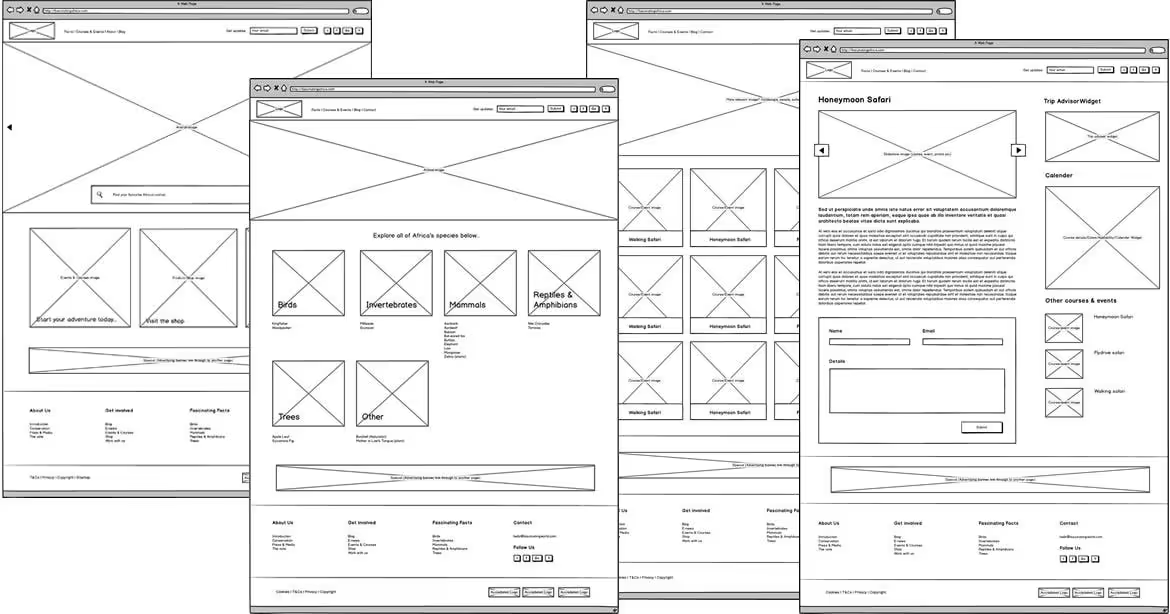
One of the primary reasons to prioritize design is to gain a deep understanding of user needs and preferences. Design thinking, a methodology that emphasizes empathy and user-centricity, helps teams create solutions that truly resonate with users. By conducting interviews, observations, and research, designers can gather valuable insights into user experiences and pain points, which guide the development process to ensure the final product meets actual user needs.

Design thinking fosters a culture of innovation by encouraging out-of-the-box thinking and the generation of unconventional ideas. This creative approach allows teams to explore a wide range of solutions and select the most effective ones. By focusing on user needs and preferences, design thinking helps businesses develop products and services that are not only innovative but also valuable and impactful.
Investing time in the design phase can lead to significant cost savings during development. By identifying potential issues and iterating on solutions early in the process, teams can avoid costly mistakes and rework later on. Prototyping and testing ideas before full-scale development ensures that resources are allocated efficiently and the final product is more likely to succeed.

A well-defined design process promotes collaboration between designers, developers, and other stakeholders. By involving all team members in the design phase, organizations can ensure that everyone has a shared understanding of the project goals and user needs. This collaborative approach helps bridge the gap between design and development, leading to a more cohesive and effective final product.
Designing before developing ensures that the final product is user-centric, addressing the specific needs and preferences of the target audience. By focusing on user experiences and interactions, designers can create solutions that are intuitive, accessible, and enjoyable to use. This user-centric approach leads to higher customer satisfaction and loyalty, as users are more likely to engage with and appreciate a product that meets their needs effectively.

The design process provides a structured framework for breaking down complex challenges into manageable parts. This systematic approach helps teams analyze problems more effectively, identify root causes, and generate multiple solutions. By following a design thinking process, teams can ensure that they are addressing the right problems and selecting the most appropriate solutions.
Designing before developing technology is not just a preliminary step; it is a crucial phase that shapes the entire development process. By understanding user needs, fostering innovation, reducing development costs, improving collaboration, creating user-centric solutions, and providing a structured problem-solving framework, the design phase sets the foundation for successful and impactful technology. Embracing design thinking and prioritizing design in the development process can lead to more effective, valuable, and user-friendly products.
Thanks for checking out this blog post. I hope you found this information useful and learned a thing or two! If you’re interested in learning more about how we can help you to improving your digital identity, feel free to get in touch. We’re always happy to chat.
- Riley Bunce
Founder @ Studio.909